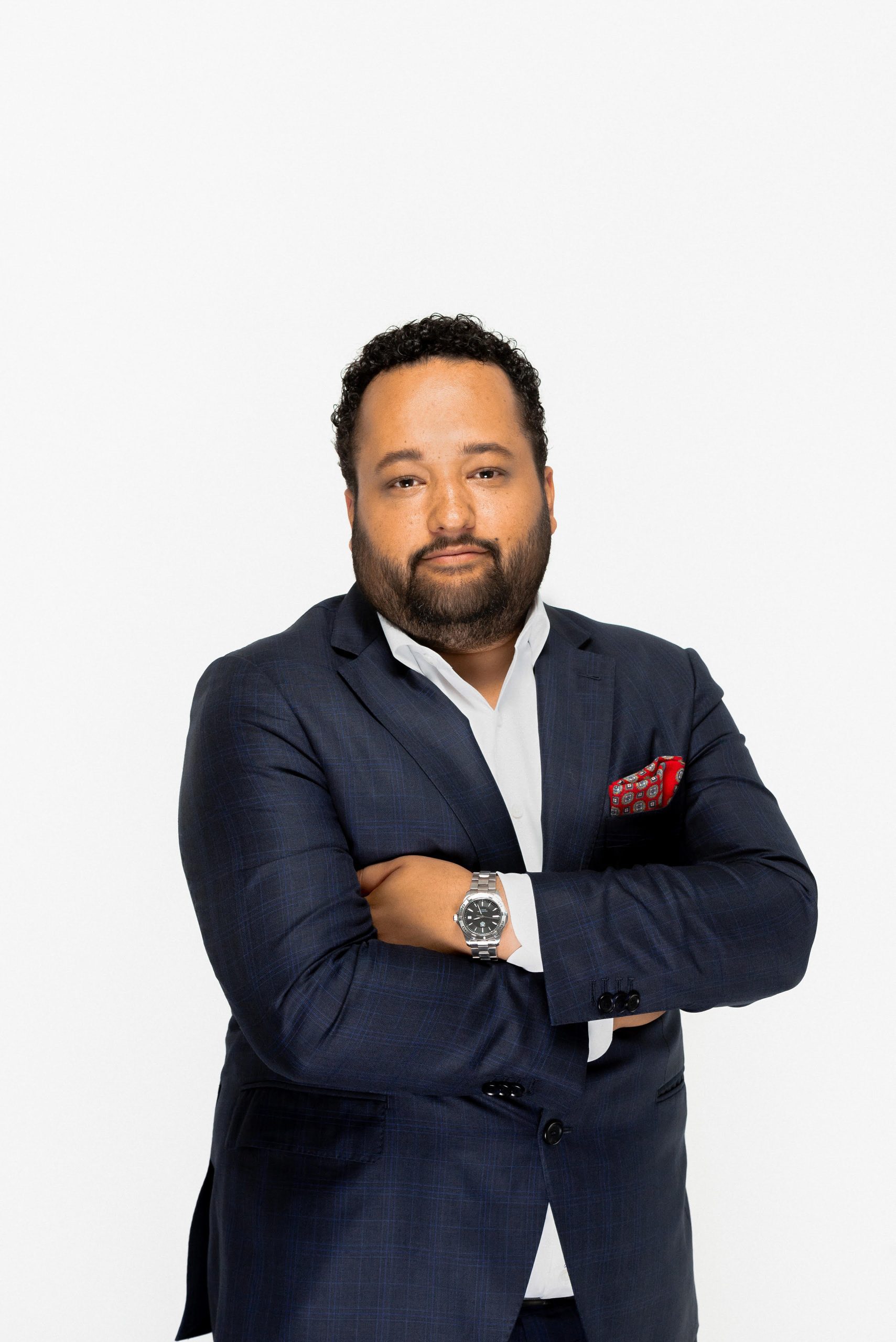During Canada’s prohibition, varieties of cannabis were unpredictable resulting in inconsistent dosages and incomparable experiences—a result of the illicit underground growing practices. In the newly established and constantly growing legal market, those variables are being tamed down to a science. Grow rooms are regulated for temperature, humidity and light, while the production process is being tweaked and recalibrated at the country‘s top producers to create a tasting menu of reliable strains.
One such facility that could hold the key to scalable growth within cannabis is located by the eastern shore of Lake Huron in the town of Kincardine, Ontario. At 7ACRES, a cannabis growing facility owned and operated by Supreme Cannabis Company, the proof of its success is in the consumption.
“For us, I mean as a brand, it’s been spectacular,” says CEO John Fowler speaking about the legal market in Ontario and the rest of Canada, at a recent tour of the 7ACRES facility. “We achieved the price points we wanted to. We’ve achieved the sell-through we’ve wanted to.”
In part, these successes can be attributed to the quality of production at 7ACRES. With strict regulations in place, very few people get an inside look at production in arguably the most talked-about industry in Canada. At 7ACRES, the facility’s expansion in calculated. During our visit in December 2018, a large section of the area was under construction. Once completed, plans are to more than double production.
This is four lessons from Fowler on growing a business in a newly-minted industry and his secret to growing great cannabis at scale.
Find your mission and stick to it
The mission here at 7ACRES is to grow great cannabis at scale, and the vision is to be the world’s leading grower of great cannabis at scale. It’s deceptively simple in what it says.
Sometimes when you’re working at a company, the mission, vision, and values are wallpaper. Who cares? This company is an example of when those tools are used on a daily basis, they’re the most powerful tools that I’ve ever encountered.
To teach 300 people how to work together and grow great cannabis as a team is pretty phenomenal, but it always comes back to how we hire, how we train, and how we incentivize. What we do as a company all ladders back to the idea of are we taking steps forward to producing great cannabis at scale?, and are we taking steps forward to being a global leader in what we do? And, as long as the answer every day is yes, we’re getting better as a business, and we’re getting better as a company.
You have to care
Someone I was speaking to asked, what’s the secret to growing great cannabis at scale. And it’s interesting because, the secret is you have to care. By making our mission and vision so tied to quality cannabis, everybody here thinks that way. So, when we make a decision, what we think about first is this going to improve quality or hurt quality? And generally we’ll make the choice of improving quality.
Once, I walked into our quality assurance office and we had a microbiologist PhD, and one of our schedulers arguing over whether some older cannabis was saleable. What was great is they both agreed before I enter the room that objectively it was saleable [because] it met the requirements, it was free of molds and mildews and heavy metals, etc. so it could be sold. The debate that these two scientists were having was if it looked sufficiently good to be sold under our brand. And I remember I came in the door, they didn’t notice me, I sat down in the chair, I listened to them for about ten minutes and I thought, hey, if we can have these two people who are not cannabis people by default understand that level of nuance of the consumer, to the point that they were arguing about it, then we’re doing something pretty special here.
Build procedure-driven organisation into the DNA
Standard operating procedures [SOP] are not something that you get trained on annually and forget about till the regulator comes by; they’re something that you live and die by. So, if we want to change what we’re doing, we actually start by reviewing our SOP, identifying an opportunity for improvement, changing the SOP, and finally training the staff. Its slower, but its far more effective.
Quite frankly we didn’t invent it. It’s basically the Toyota system of improving by steps. Having that procedures in our DNA means at least we know through the entire pipeline, we know the steps we want to take. From the seed to the clone, all the way to the consumer, we have the documentation that forces us to acknowledge we did it; we always say if you don’t write it down, it never happened.
We also invest in the training. We don’t just expect that someone’s going to read a 500 page SOP binder on Monday and be an expert on Tuesday. We train and we retrain. We classroom train; we online train; we field train; and it basically gives us 300 employees who live by the SOPs. It’s that same kind of going-to-the-front-line work that made Toyota great, that allows us to do well.
Empower employees to be autonomous in how they work
We give people autonomy in how they work, and we invest in them to allow them to feel like they’re building mastery in how they work.
Cutting clones is one of the few things that actually has changed very little in the time that we’ve done it. Stainless steel table, sterile scalpels and a couple of small tools. More or less the same number of people cut clones today than 2016. I still remember celebrating the first time we cut 300 clones in a day. A few months later, I was giving a tour to a U.S. news crew and I said, I’m very proud of the team because through incremental process improvements, we had hit a thousand per day. On the way out of the room, one of our room managers tapped me on the shoulder, and she said, “I didn’t want to make you look bad, but we’ve actually been doing 1500 for the last month.” And now they can cut over 3000 in a day. And that’s all just incremental process improvements and engagement incentives. So, we empower our employees to be able to improve our processes, to work in that system.
When we do our after the fact compliance checks, the consistency of our trim has gotten better, and our through-put has gone massively up, because we’re able to speed the conveyor belt up a little bit. Those are the types of systems we look for.
Each one of those changes wasn’t made on the fly. The issue was raised in a meeting, that was taken to a SOP amendment proposal, that was vetted by our QAQC team. When those changes were made, or when that new equipment was ordered, we update the procedure, we train everyone on how to do it effectively and we see big economic output.








